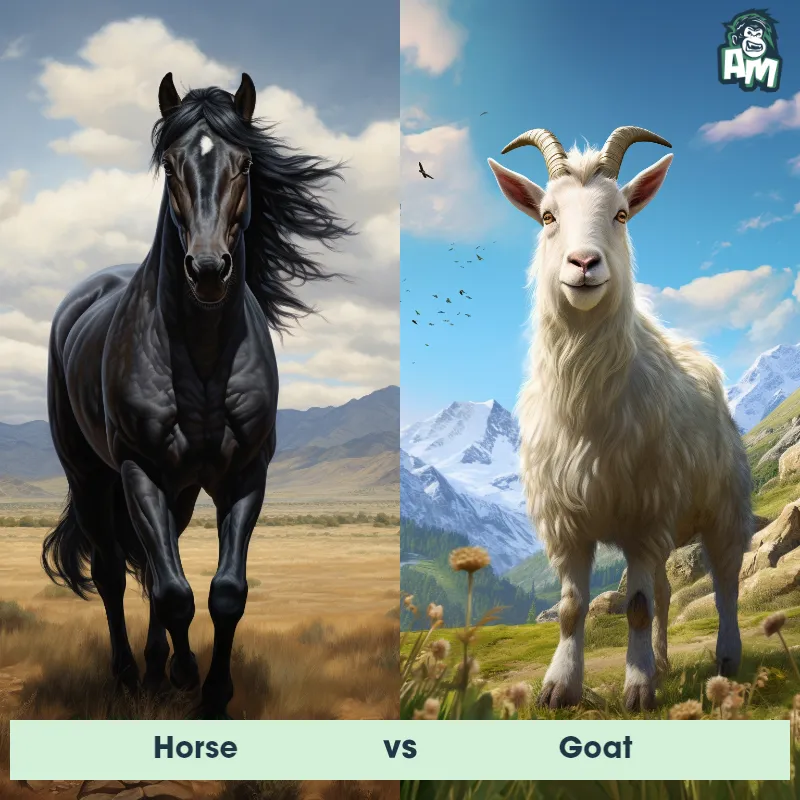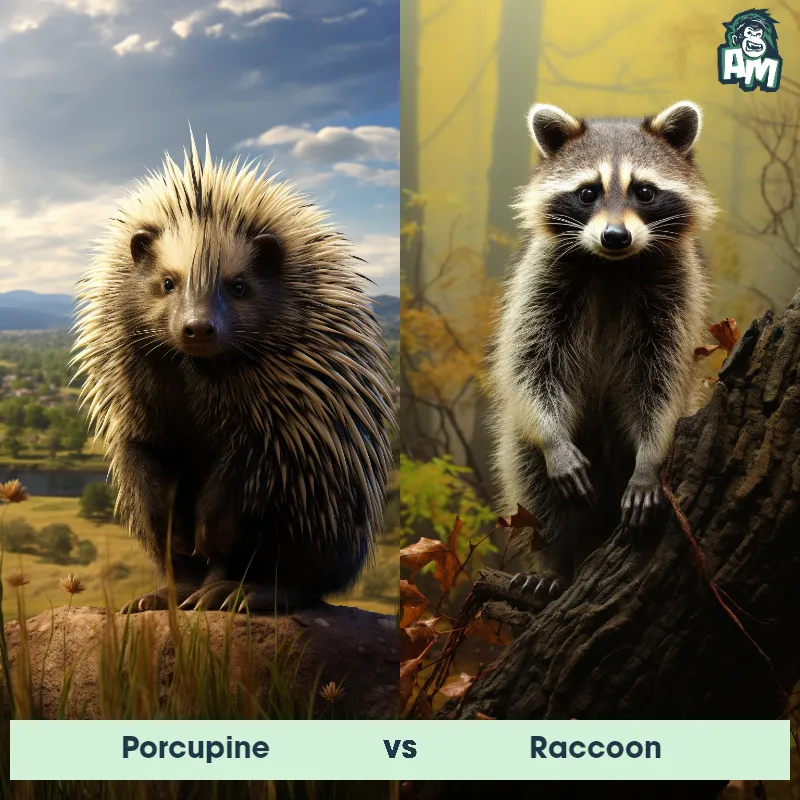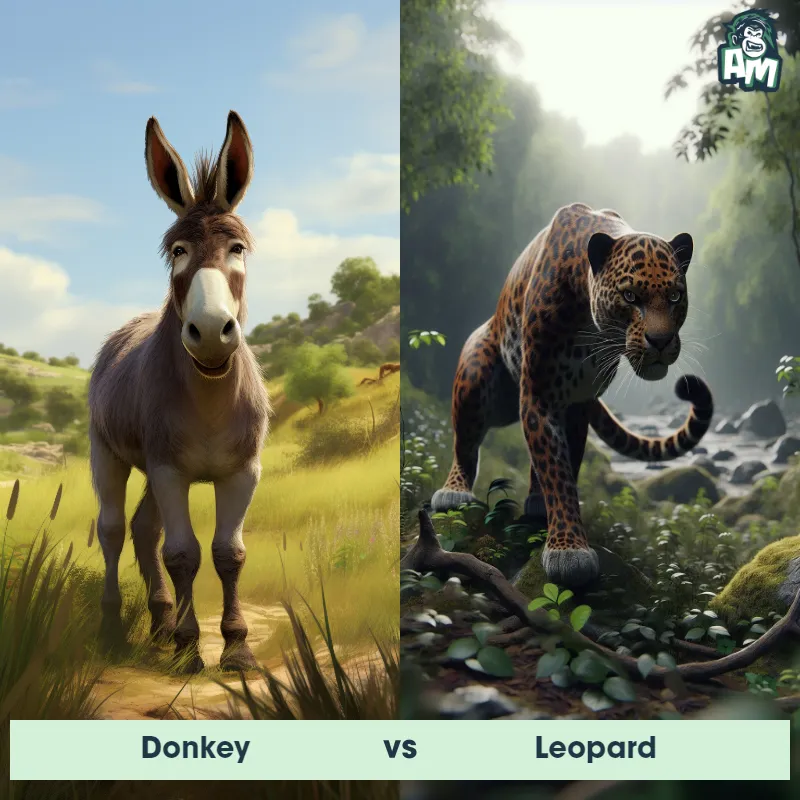Grey Crowned Crane vs TigerSee Who Wins

Welcome fans to today's intense matchup between the Grey Crowned Crane and the powerful Tiger. Both animals are known for their strength and agility, so this is sure to be a thrilling fight to watch.
Contender 1: Grey Crowned Crane
The Grey Crowned Crane Balearica regulorum is a majestic bird found in sub-Saharan Africa. It is characterized by its tall stature, reaching heights of up to 3 feet, and its unmistakable crown of golden feathers atop its head. The bird's body is covered in slate grey feathers, with a white chest and wings adorned with black and gold feathers. Its long legs are black and end in sharp, pointed toes. The Grey Crowned Crane is known for its graceful movements and distinctive calls, which include a series of loud trumpeting and bugling sounds. This crane is highly social and can often be found in groups called "herds," displaying elaborate courtship dances that involve extravagant leaps, bows, and wing displays.
Fun Fact: The Grey Crowned Crane is a master of coiffure, as it spends a good amount of time grooming its head feathers with its specially adapted beak, ensuring its crowned appearance remains impeccable.
Contender 2: Tiger
The Tiger is a large and powerful big cat, known for its distinct orange coat patterned with black stripes, which are unique to each individual, much like a human fingerprint. Tigers have a muscular build, a heavy head with strong jaws, and a tail that is usually about half the length of their body. The largest species of the cat family, adult male tigers can reach up to 10 feet in length and weigh up to 660 pounds. Tigers are native to various parts of Asia and are adept swimmers, unlike most members of the cat family.
Fun Fact: Tigers are apex predators and primarily consume larger mammals for food, including deer and wild boar; a hungry tiger can eat as much as 60 pounds in one night.
Matchup Stats
| Grey Crowned Crane | Tiger | |
|---|---|---|
| Size | Up to 3 feet (0.91 meters) tall | Up to 10 feet in length (3.05 meters) |
| Weight | Up to 8.8 pounds (4 kilograms) | Up to 660 pounds (300 kilograms) |
| Speed | 20mph (32km/h) | 35-40mph (56-64km/h) |
| Key Strength | Agility and long beak for jabbing attacks | Strong jaws and muscular build |
| Biggest Weakness | Vulnerable neck and head | Limited endurance for long chases |
Current Votes
Grey Crowned Crane vs Tiger
See Who Wins
View More Matches
Looking For More?
Similar Matches
Scientific Stats
| Grey Crowned Crane | Tiger | |
|---|---|---|
| Scientific Name | Balearica regulorum | Panthera tigris |
| Family | Gruidae | Felidae |
| Habitat | Wetlands, marshes, grasslands, and savannahs | Forests, grasslands, and swamps |
| Geography | Sub-Saharan Africa | Asia |
| Diet | Omnivorous, feeding on seeds, insects, small vertebrates, and aquatic plants | Carnivorous, primarily deer and wild boar |
| Lifespan | 20 years - 25 years | 15 years - 26 years |
Key Differences between Grey Crowned Crane and Tiger
- Behavior: Grey Crowned Cranes are known for their elegant dancing displays during courtship, while Tigers are solitary predators that rely on stealth and ambush to hunt their prey.
- Color: The Grey Crowned Crane displays a striking grey body with a white wingspan and distinctive golden crown, whereas the Tiger's fur can range from orange to white with black stripes.
- Conservation status: The Grey Crowned Crane is classified as vulnerable due to habitat loss and illegal capture for the pet trade, while Tigers are listed as endangered primarily due to poaching for their fur and other body parts.
- Body shape: The Grey Crowned Crane has a long, slender neck and legs with a compact body, while the Tiger has a robust body with shorter legs and a thick, muscular build.
- Size: The Tiger is significantly larger than the Grey Crowned Crane, with adult Tigers weighing up to 600 pounds, while Grey Crowned Cranes typically weigh around 7-8 pounds.
- Habitat: Grey Crowned Cranes are typically found in open grasslands and wetlands in Africa, while Tigers are native to various habitats in Asia, from tropical forests to snowy mountains.
































